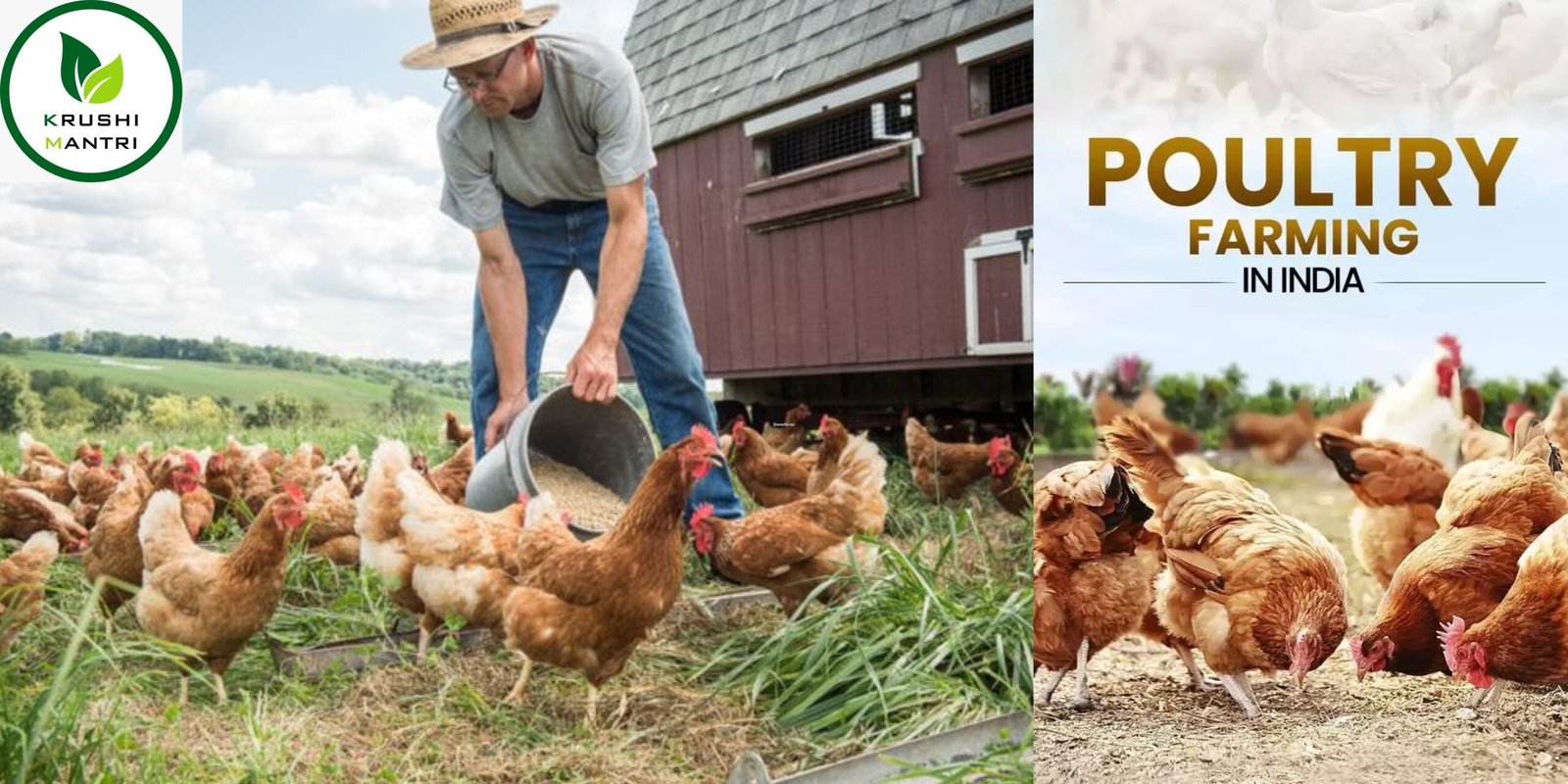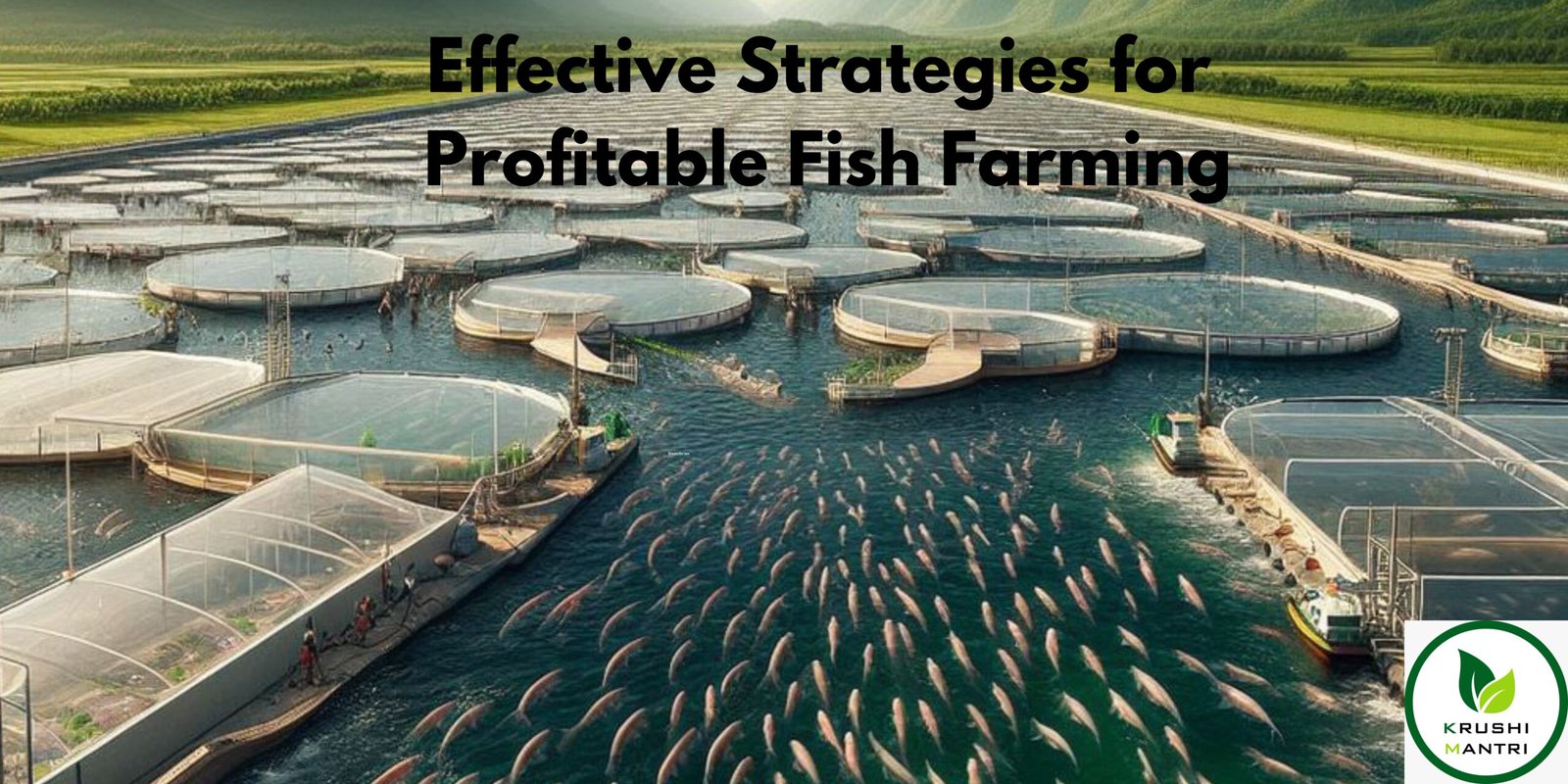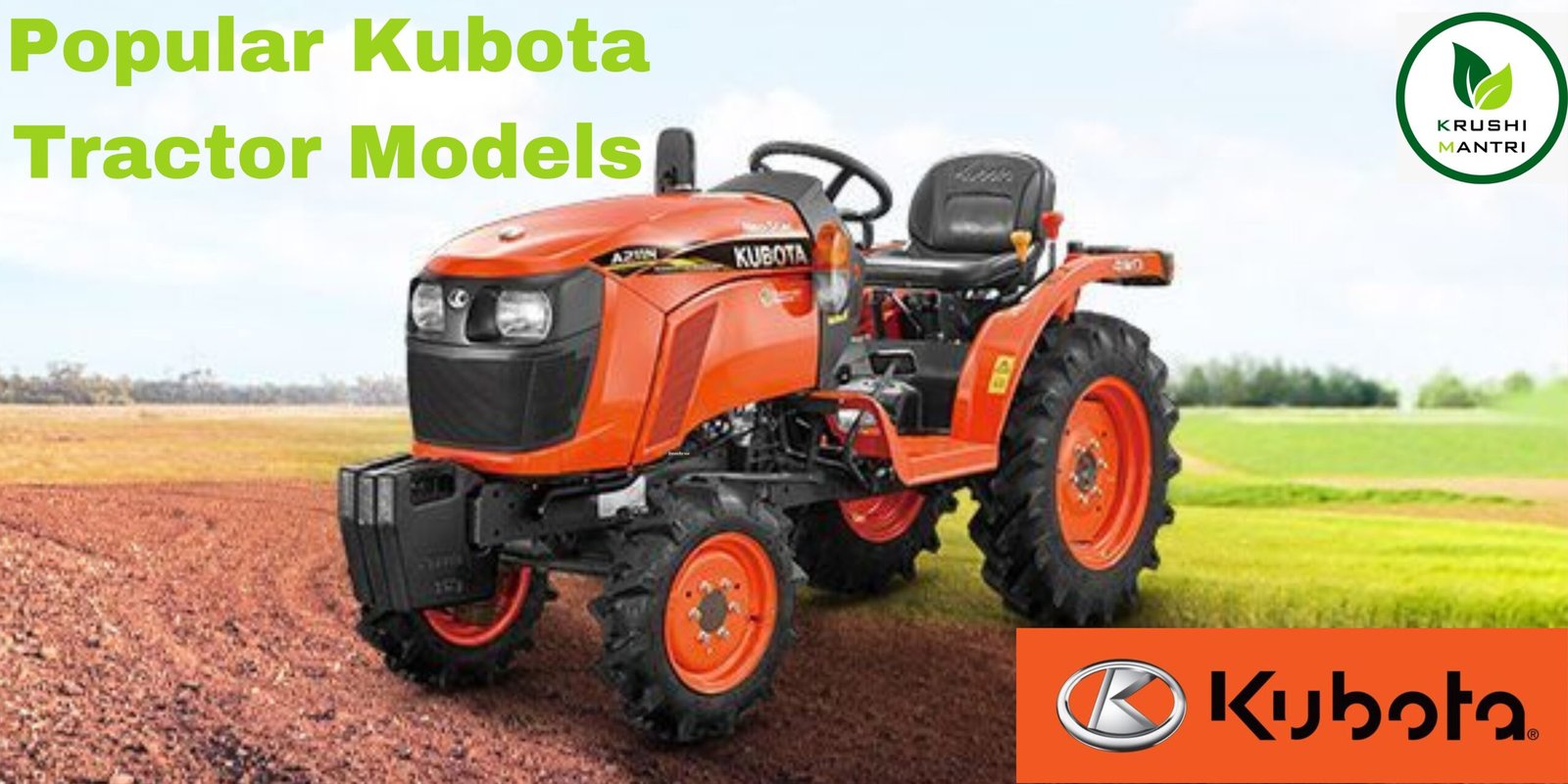Agriculture in Maharashtra is characterized by diverse crops like sugarcane, cotton, and soybean, requiring efficient machinery to ensure high productivity. Tractors have become indispensable for farmers, enabling faster, more efficient, and larger-scale farming. Here, we discuss the top 10 tractors popular in Maharashtra, their importance, advantages, drawbacks, and approximate prices to help farmers make informed decisions.
Key Factors to Consider When Choosing the Right Tractor for Your Farm
- Tractor Selection Based on Farm Size and Terrain: Emphasize the importance of selecting the right tractor based on farm size and terrain. Different tractors perform better in different conditions, so a small, fuel-efficient model like the Kubota MU 5501 may be ideal for smaller farms, while larger, more powerful tractors like the Sonalika DI 60 are better suited for larger, more demanding agricultural tasks.
- Long-Term Cost Considerations: Highlight the significance of considering not just the initial purchase price but also long-term costs such as fuel efficiency, maintenance, and resale value. Some tractors may have a higher upfront cost but offer lower operating costs and higher resale value, making them a more economical choice in the long run.
1. Mahindra 475 DI
Importance:
A medium-duty tractor that caters to the needs of farmers growing sugarcane, cotton, and horticultural crops. It is widely preferred for its adaptability to different implements like cultivators, seed drills, and trailers.
Advantages:
- Powerful 42 HP engine.
- Affordable maintenance costs.
- Durable and efficient in heavy-duty operations.
Drawbacks:
- Lacks advanced features like GPS or advanced hydraulics.
Approximate Price: ₹6.20 – ₹6.50 lakhs
2. Swaraj 735 FE
Importance:
This 40-HP is ideal for small to medium-sized farms and excels in dry farming, common in regions like Marathwada.
Advantages:
- Low fuel consumption.
- Simple and robust design, making it easy to repair.
- Ideal for a wide range of applications, including tilling and sowing.
Drawbacks:
- Basic features; lacks modern ergonomic comforts.
Approximate Price: ₹5.85 – ₹6.20 lakhs
3. Massey Ferguson 241 DI
Importance:
Known for its efficiency and durability, this is a favorite among farmers engaged in cash crop cultivation like sugarcane and fruits.
Advantages:
- Durable 42 HP engine with excellent torque.
- Comfortable for extended use with ergonomic seating.
- High resale value.
Drawbacks:
- Slightly higher spare part costs compared to competitors.
Approximate Price: ₹6.50 – ₹6.90 lakhs
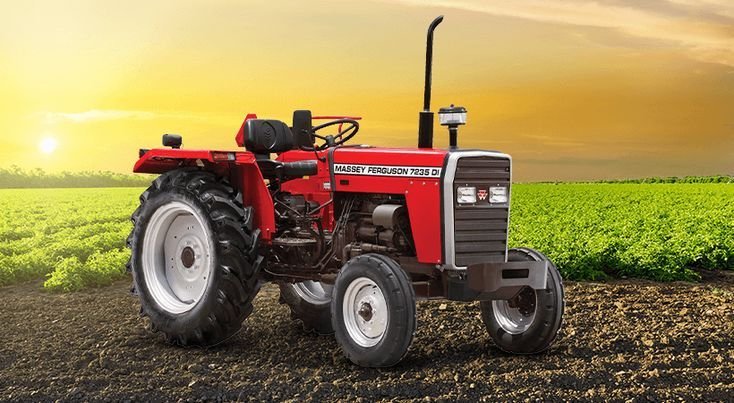
4. John Deere 5050 D
Importance:
This 50-HP is highly suitable for large farms and heavy-duty operations such as harvesting, land preparation, and haulage.
Advantages:
- Advanced technology for efficient farming.
- Superior build quality and reliability.
- Compatible with modern implements.
Drawbacks:
- Expensive initial cost and maintenance.
Approximate Price: ₹7.20 – ₹8.00 lakhs
5. Eicher 242
Importance:
A lightweight and compact tractor perfect for small-scale farmers. Its low price makes it highly accessible to marginal farmers.
Advantages:
- 25 HP engine, ideal for light farm operations.
- Affordable and low maintenance.
- Easy to operate and maneuver.
Drawbacks:
- Not suitable for heavy-duty tasks.
Approximate Price: ₹4.05 – ₹4.50 lakhs
6. New Holland 3600-2 TX
Importance:
A versatile 50-HP tractor used extensively for both fieldwork and transportation. Popular in sugarcane farming regions like Western Maharashtra.
Advantages:
- Excellent lifting capacity for heavy implements.
- Modern features such as power steering and oil-immersed brakes.
- Highly durable and efficient in wet and dry conditions.
Drawbacks:
- Slightly higher operational costs.
Approximate Price: ₹7.10 – ₹7.80 lakhs
7. Sonalika DI 745 III
Importance:
Designed to handle diverse soil conditions in Maharashtra, this tractor is well-suited for both primary tillage and secondary applications.
Advantages:
- 50 HP engine with excellent fuel efficiency.
- Strong lifting capacity for heavy implements.
- Reliable and easy to maintain.
Drawbacks:
- Vibrations during prolonged use can cause operator fatigue.
Approximate Price: ₹6.30 – ₹6.70 lakhs
8. Kubota MU4501
Importance:
A premium 45-HP tractor designed with advanced Japanese engineering, offering high performance and ease of use.
Advantages:
- Low vibration and noise levels, ensuring comfort.
- Compact size, making it ideal for orchards and row crops.
- High fuel efficiency.
Drawbacks:
- Premium pricing; higher initial investment.
Approximate Price: ₹7.50 – ₹8.00 lakhs
9. New Holland 3630 TX
Importance:
Well-suited for varied agricultural operations, this tractor is used extensively across Maharashtra’s diverse farming regions.
Advantages:
- Higher horsepower for heavy-duty tasks.
- Comfortable suspension and reduced fatigue.
Drawbacks:
- High maintenance cost in the long run.
Approximate Price: ₹7 – ₹7.80 lakhs
10. TAFE 5900 DI
Importance:
A highly reliable 50-HP tractor used for multi-purpose farming applications. Its affordability makes it accessible for mid-sized farmers.
Advantages:
- Excellent fuel efficiency.
- High durability and low operational costs.
- Widely available spare parts in rural areas.
Drawbacks:
- Lacks advanced technological features.
Approximate Price: ₹6.50 – ₹7.10 lakhs
Importance of Tractors in Maharashtra
- Improved Productivity: Tractors reduce the labor and time required for agricultural tasks, boosting overall productivity.
- Versatility: They support a range of activities, from plowing and sowing to irrigation and transportation.
- Rural Economy Support: By enabling efficient farming, tractors enhance farm incomes and contribute to the rural economy.
- Adaptability: Modern tractors can be equipped with various implements, making them suitable for different types of farming.
Advantages of Tractors
- Efficiency: Reduces manual labor, increasing operational speed.
- Multi-functional: Capable of performing numerous agricultural tasks with different attachments.
- Durability: Tractors are designed to withstand rough terrains and challenging conditions.
- Accessibility: A wide variety of models and price ranges cater to farmers of all scales.
Drawbacks of Tractors
- High Initial Cost: Purchasing a tractor requires significant investment.
- Operational Costs: Rising fuel prices can impact affordability.
- Environmental Impact: Diesel engines contribute to air pollution.
- Maintenance Needs: Regular servicing and spare parts can add to operational expenses.
How Farmers Can Buy Tractors
- Authorized Dealerships:
Farmers can purchase tractors from authorized dealerships of major brands like Mahindra, John Deere, Swaraj, and more. These dealerships often offer financing options and after-sales services. - Government Subsidy Schemes:
- Farmers can apply for subsidies under various central and state government programs, such as the PM Kisan Tractor Scheme or state-specific schemes.
- Subsidies typically range from 20% to 50% of the tractor’s cost, depending on the farmer’s category (e.g., SC/ST, small, or marginal farmers).
- Eligibility and Terms:
- Farmers must provide land ownership proof, Aadhaar card, and income certificate.
- The tractor purchased under subsidy must be used for agricultural purposes only.
- Some schemes may require farmers to pay a minimum down payment to avail of the subsidy.
- Cooperative Banks and Loans:
Agricultural banks and cooperative societies offer low-interest loans specifically for tractor purchases, making it easier for farmers to invest in machinery.
Conclusion
Tractors are the backbone of modern agriculture in Maharashtra, playing a vital role in enhancing productivity and efficiency. Farmers should consider factors like power, price, and application needs when selecting a tractor. While the high cost and environmental impact are challenges, the benefits they bring to farming far outweigh the drawbacks, making them indispensable in today’s agricultural landscape.
- How to Correct Your Farmer ID Online: A Step-by-Step Guide for Indian Farmers

- Unlocking the Potential of Sugarcane Production in Maharashtra: Expert Tips for Farming, Harvesting, and Marketing

- Apiculture- 6Essential Steps to Build a Thriving Honey Bee Farm

- Comprehensive Guide to Starting a Poultry Farm Business: Egg Production, Sheds, and Poultry Farm Insurance Coverage
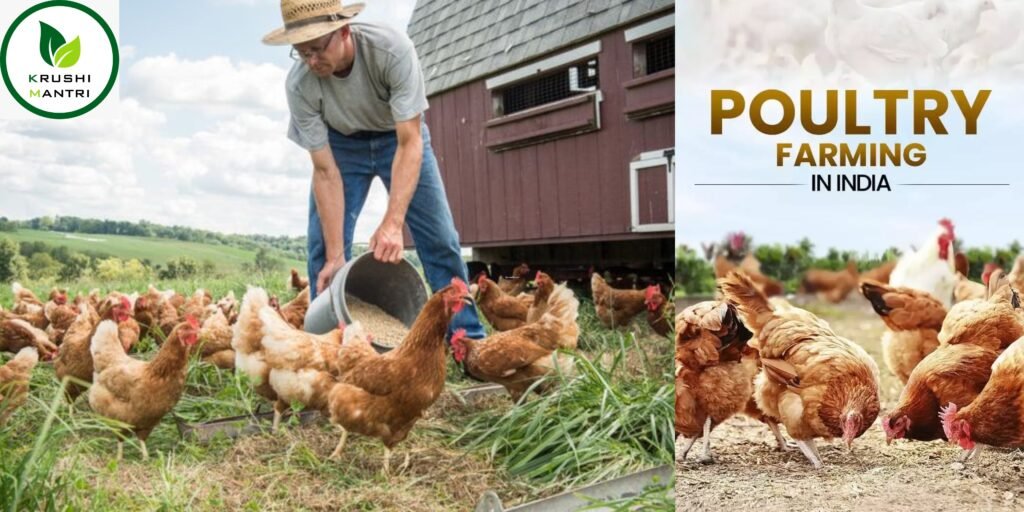
- A Complete Guide to Sandalwood Tree Farming: Red and White Sandalwood

- Rohu, Salmon Fish Farming: 4 Effective Strategies for (Types, Care, and Area-Specific Guidance)





